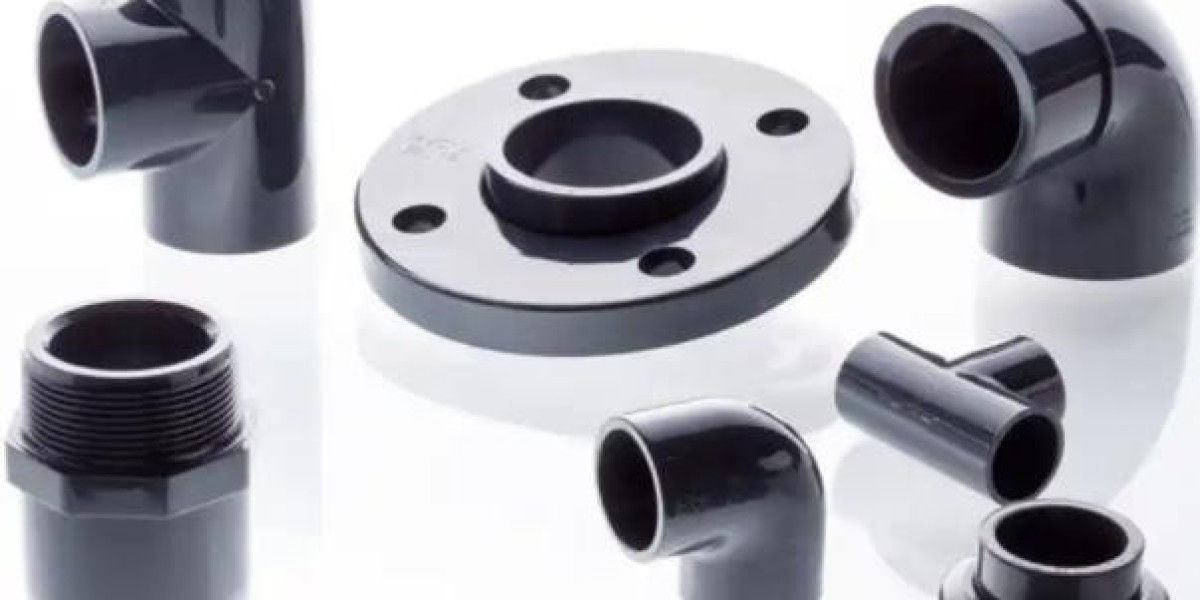Injection molding is a widely used manufacturing process that allows for high-volume production of complex plastic parts with excellent precision. The success of an injection-molded product largely depends on selecting the right material. The choice of material affects the product’s durability, strength, flexibility, and overall performance. Factors such as mechanical properties, thermal resistance, chemical resistance, and cost must be considered to ensure optimal results.

Key Factors in Material Selection
1. Mechanical Properties
Different applications require varying levels of strength, toughness, and flexibility. Materials such as polycarbonate (PC) and acrylonitrile butadiene styrene (ABS) offer excellent impact resistance, while polypropylene (PP) is more flexible and lightweight. The choice depends on whether the product needs to withstand high stress, wear, or repetitive motion.
2. Thermal Stability
The material should be able to withstand the operating temperature of the intended application. For high-temperature environments, polyetheretherketone (PEEK) or polyphenylene sulfide (PPS) are suitable choices. In contrast, lower-temperature applications may use materials like polystyrene (PS) or polyethylene (PE).
3. Chemical Resistance
If the injection molded part will be exposed to chemicals, solvents, or moisture, selecting a material with high chemical resistance is essential. Materials like polyvinyl chloride (PVC) and fluoropolymers offer excellent resistance to corrosion and chemical degradation, making them ideal for medical, automotive, and industrial applications.

4. Dimensional Stability
Certain applications require tight tolerances and minimal shrinkage after molding. Materials such as polyoxymethylene (POM) and glass-filled nylon maintain their shape and structural integrity over time, reducing warping and deformation.
5. Aesthetic and Surface Finish
The final appearance of the product is also a critical consideration. Some materials, like acrylic (PMMA), provide high transparency and a glossy finish, making them suitable for optical applications. Textured or matte finishes can be achieved with materials like ABS or polycarbonate blends.
6. Environmental Considerations
Sustainability is becoming a major focus in material selection. Many manufacturers are opting for biodegradable or recycled plastics, such as polylactic acid (PLA) or post-consumer recycled (PCR) plastics. These options help reduce environmental impact while maintaining product performance.
7. Cost-effectiveness
Material cost is a major factor in high-volume production. While high-performance polymers like PEEK offer superior properties, they are significantly more expensive than common plastics like polypropylene (PP) or polyethylene (PE). Balancing performance requirements with budget constraints is essential.
Common Materials Used in Injection Molding
Polypropylene (PP): Lightweight, flexible, and cost-effective; used in packaging, automotive parts, and consumer goods.
Acrylonitrile Butadiene Styrene (ABS): Strong, impact-resistant, and easy to mold; ideal for automotive and electronics applications.
Polycarbonate (PC): High impact resistance and optical clarity; used in safety glasses, lenses, and electronic casings.
Nylon (PA): Durable, wear-resistant, and suitable for mechanical components and gears.
Polystyrene (PS): Low cost and easy to process; commonly used in disposable containers and packaging.
Polyoxymethylene (POM): High dimensional stability and low friction; used in precision mechanical parts.
Polyvinyl Chloride (PVC): Excellent chemical resistance; used in plumbing, medical tubing, and electrical components.
Polylactic Acid (PLA): A biodegradable plastic used for eco-friendly packaging and medical applications.

Wrap Up
Choosing the right material for injection molding is crucial to ensuring product quality, durability, and cost-efficiency. By evaluating factors such as mechanical properties, thermal resistance, chemical exposure, and environmental impact, manufacturers can select the best material for their specific application. With advancements in material science, new options continue to emerge, offering improved performance and sustainability for a wide range of industries.



